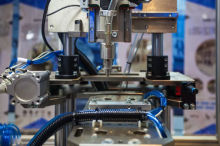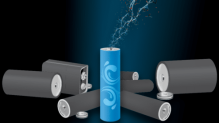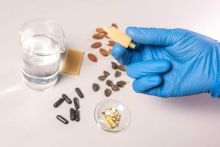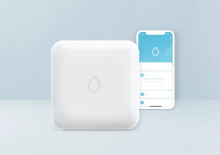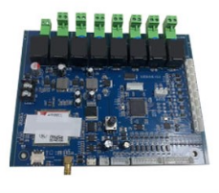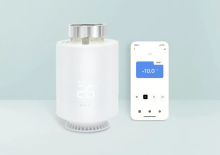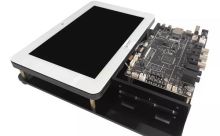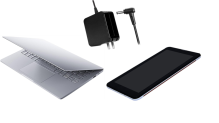Because humans lose a lot of water and electrolytes during the process of thermoregulation sweating, their health status and exercise performance will seriously deteriorate if they are not properly replaced in time. In addition, due to the abnormal balance of water and electrolyte metabolism, various physiological functions will change. At the same time, as global warming intensifies, heat waves (rising temperatures) put vulnerable people at high risk of heat-related illness, especially the sick, children, the elderly, outdoor workers (construction workers, traffic police), firefighters, soldiers, athletes and people participating in sports. Since both physical exertion and high ambient temperatures lead to overheating (heat stress), sweat secretion becomes the most effective physiological cooling mechanism. For field diagnosis, the combination of sweat rate and electrolyte concentration can be a useful indicator of hydration status and fever status. Therefore, there is an urgent need to develop wearable sweat sensors that can synchronously monitor sweat rate and electrolyte concentration, which is essential for personalized healthcare and medical diagnosis.
Recently, different principles and types of wearable sweat rate sensors have been developed to replace traditional inconvenient weight measurement techniques (absorbent pad technology, whole body flushing method) for real-time and continuous sweat analysis. Among them, wearable sweat sensors based on flexible microfluidic provide a good opportunity for in situ sweat collection and analysis, as low-modulus microfluidic substrates with microchannels can be in close contact with the epidermis for sweat capture, flow, and storage.
By integrating microchannels with colorimetric and impedance sensors, researchers have successfully developed epidermal microfluidic sensing platforms for sweat volume-related measurements, including sweat rate and water loss. Impedance based sensors typically consist of two parallel electrodes within long microchannels, tens to hundreds of millimeters, showing the advantage of continuous electrical signals and good compatibility with other sweat sensors for wearable analysis. Since sweat is secreted from the skin by hydrostatic pressure and can produce flow rates from 0.1 to 20nL/min/ gland, microfluidic sweat sensors operate primarily on the principle that sweat is pushed into the microchannel and flows through a certain length for impedance measurement. However, in this type of system, several challenges should be carefully addressed: (1) The impedance value between perspiration soaked electrodes is affected by the amount of sweat and electrolyte concentration. Therefore, more calibration methods and sensors must be proposed, including reference impedance electrodes, electrochemical ion-selective sensors, or electrodes with mutually occlusal fingers to distinguish sweat rate and ion concentration signals. (2) The integration of procedures and calibration sensors for fabricating long microchannels through soft lithography leads to system complexity; (3) Since the concentration of sweat components is affected by the sweat rate, the dilution and mixing of old and new sweat samples in the long channel will interfere with the measurement results; (4) The accuracy of sweat rate detection and the volume capacity of the channel are subject to the characteristics of the microchannel itself, including the size, length, geometry and surface wettability of the channel.
Based on this, a team of scepter researchers at Suzhou Institute of Nanotechnology, Chinese Academy of Sciences, have proposed a novel fluidcontrolled wearable sensing platform for synchronous drip detection of sweat rate and total electrolyte concentration. In this study, the researchers designed a short vertical channel (about 0.5 mm), a pair of embedded conductance electrodes, and an absorption layer based on Hagen-Poiseuille hydrodynamics equations to create an unconventional microfluidic based impedance sweat sensing platform to minimize flow resistance. The sweat fluid was also converted into uniform microdroplets for chronological and droplet detection. Real-time sweat conductivity is decoupled from a square wave-like curve, where sweat rate and electrolyte concentration can be derived from the interval time and peak, respectively. In addition, the researchers provide a new architecture-supported sensing principle that is simple and compatible with wearable devices for accurate sweat detection in vitro testing without the need for additional calibration methods, with potential applications for hydration status assessment during exercise.


